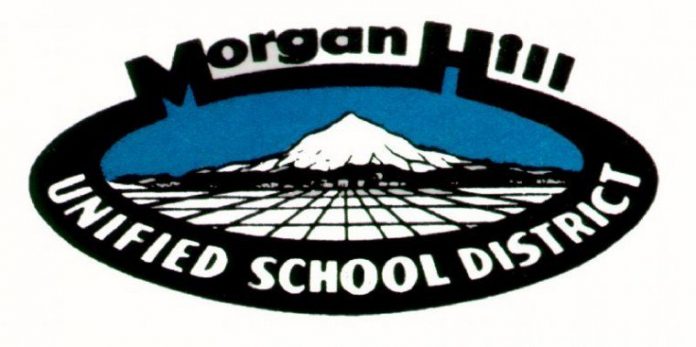A recent self-evaluation completed by local school board trustees reveals sharp disagreements within the seven-member board on their openness to the public and the relationship between themselves and district staff, among other categories.
The survey consisted of 44 statement questions and each trustee answered with one of five responses: strongly agree, agree, neutral, disagree or strongly disagree.
At the Sept. 5 meeting, a majority of the board agreed there were too many questions and too many answer choices on the survey. They also agreed that they should discuss a few questions from the self evaluation at each meeting instead of all 44 at one meeting.
“There were many different directions that the answers went…Some of us might have interpreted questions in different ways,” said Board President Donna Ruebusch, who opened the Sept. 5 discussion.
Under the “Board Activity” section, the trustees were split on statement 1: “The board operates under a set of policies, procedures and guidelines with which all members are familiar.” Three trustees agreed, three trustees disagreed and one remained neutral. The survey does not list which trustees gave which response.
“I think it’s great to have an evaluation of the board. In this particular one, 44 is way too many questions,” said Trustee Ron Woolf. “I think to some degree this can be used as a tool to do another self evaluation in another six months.”
Nonetheless, the seven-member board of Ruebusch, Woolf, Vice President Tom Arnett, Mary Patterson, Gino Borgioli, David Gerard and Teresa Murillo completed the survey. Gerard, however, said he wasn’t sure how he responded on all 44 questions since it was taken back in June.
Four trustees disagreed with statement 3: “The board adheres to all provisions of the Brown Act.” Two remained neutral and one agreed with this statement.
On one question covering parliamentary procedure and another on contact with the superintendent, seven trustees accounted for the full gamut of five different responses. On another question regarding committee assignments, as well as others on the effectiveness of the board president, board development/trainings and having positive discussions, the statement received four different responses of the possible five. The same went for “communication is strong and clear between the board and the superintendent,” while the board was split on having “strong and clear” communication with staff, according to the survey.
Even a statement on whether newly elected board members receive adequate orientation garnered three agrees, three disagrees and one neutral response. However, later on in the survey, five trustees agreed—including one strongly agreeing—that “information provided by staff is adequate to ensure effective board governance and decision making” as well as having “adequate agendas and minutes, supplemental information for each meeting.”
On whether “board members are respectful of staff’s expertise, position and time,” five of seven agreed with the statement but the other two disagreed and strongly disagreed. A similar statement had six trustees agree (one strongly) that they are “respectful of staff time, working conditions and expertise.”
More than half the board disagreed or strongly disagreed that they receive meeting agendas and supporting materials in time for adequate advance review. And only one board member agreed with the statement, “All members practice governing principles as recommended by CSBA.”
Four trustees answered strongly disagree or disagree with the statement, “The board evaluates the district’s performance on a regular basis by comparing the stated goals to the actual achievements.”
Seven trustees unanimously agreed that the board reports all actions taken and that the board size is appropriate to effectively govern the district. Six of seven agreed that all board members are given an opportunity to speak; the board makeup is diverse with experience, skills, ethnicity, gender, denomination and age group; the board demonstrates commitment to student achievement; and staff support before, during and after board meetings is effective. A majority agreed meetings are frequent and long enough for effective governance.








